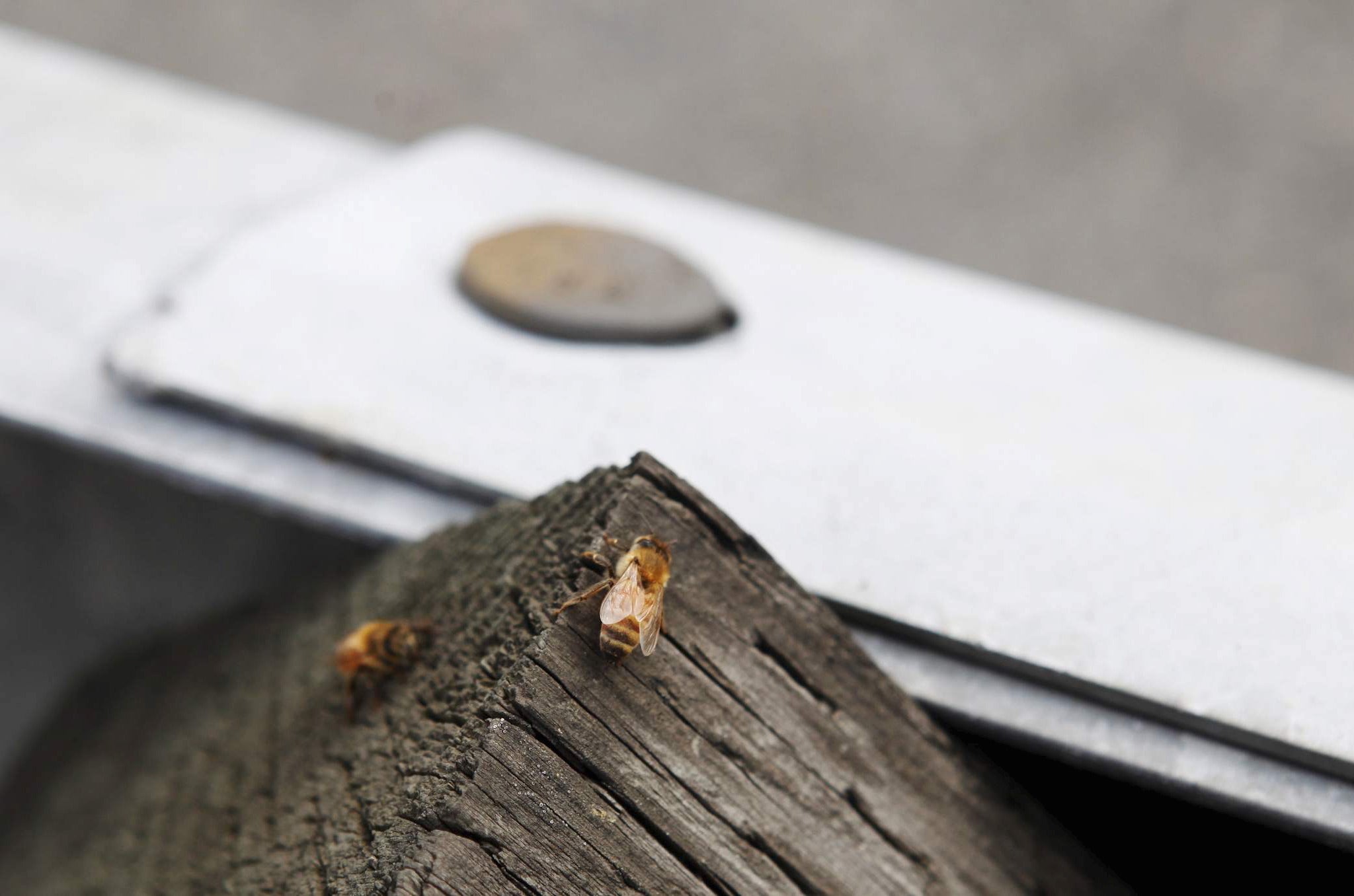More than 40 per cent of America's honey bees died last year - and scientists don't agree on why
Bees pollinate a quarter of food eaten by Americans

The bees have buzzed off. Alarmingly so.
New figures released by the US government have revealed a deeply concerning decline in the numbers of America’s honey bees – the insects that play a crucial role in pollinating crops.
The data released on Wednesday from the US Department of Agriculture suggests that more than 6,000 managed bee keepers say their colonies lost 42.1 per cent of their colonies in the 12-month period that ended in April.
That was above the 34.2 per cent loss reported for the same period in 2013 and 2014. Reports say that what was striking was that the bee deaths spiked in the summer, exceeding winter deaths for the first time.
“Such high colony losses in the summer and year-round remain very troubling,” Jeff Pettis, a USDA senior entomologist, said in a statement.
“If beekeepers are going to meet the growing demand for pollination services, researchers need to find better answers to the host of stresses that lead to both winter and summer colony losses.”
Reuters said the government data was based on responses from 6,100 beekeepers managing about 400,000 colonies, or roughly 15.5 per cent of US bee colonies.
Honey bees are needed to pollinate plants that produce a quarter of the food consumed by Americans. Beekeepers travel the country with managed hives to help the process.
Over the past few years, bees have been dying at a rate the U.S. government says must be addressed, and the issue has become a political issue.
Beekeepers, environmental groups and some scientists blame a class of insecticide known as neonicotinoids, or neonics, used on crops such as corn as well as on plants used in lawns and gardens. Some lawn and garden retailers have cut the use of neonics.
Bayer, Syngenta and others that sell neonic products say mite infestations and other factors are the cause.
Mr Pettis said on Wednesday that the high summer losses weakened the argument that mites were behind the large losses as the mites are most active in winter. He said pesticide exposure was likely at least one factor.
“The bees should be surviving better, but the numbers say otherwise,” he said.
This is the first time the USDA has released information about summer month bee losses, though it has gathered the information since 2010-2011.
Subscribe to Independent Premium to bookmark this article
Want to bookmark your favourite articles and stories to read or reference later? Start your Independent Premium subscription today.

Join our commenting forum
Join thought-provoking conversations, follow other Independent readers and see their replies